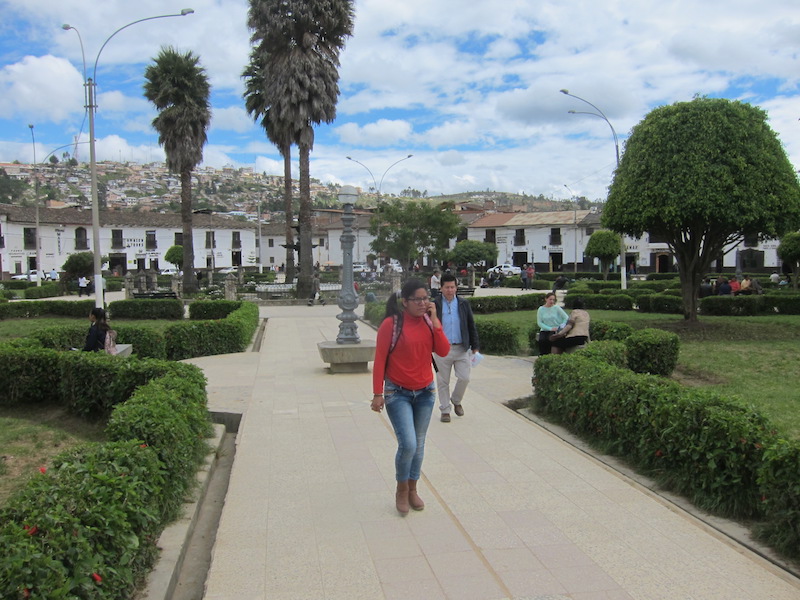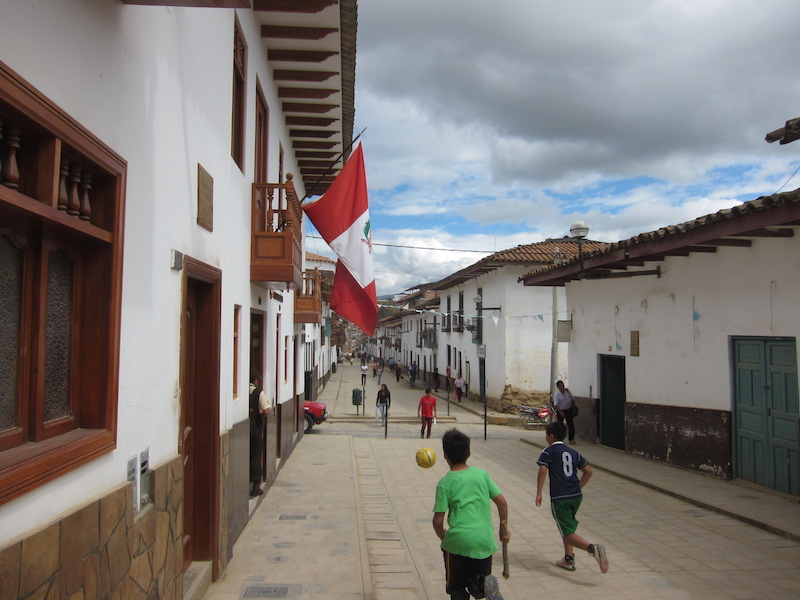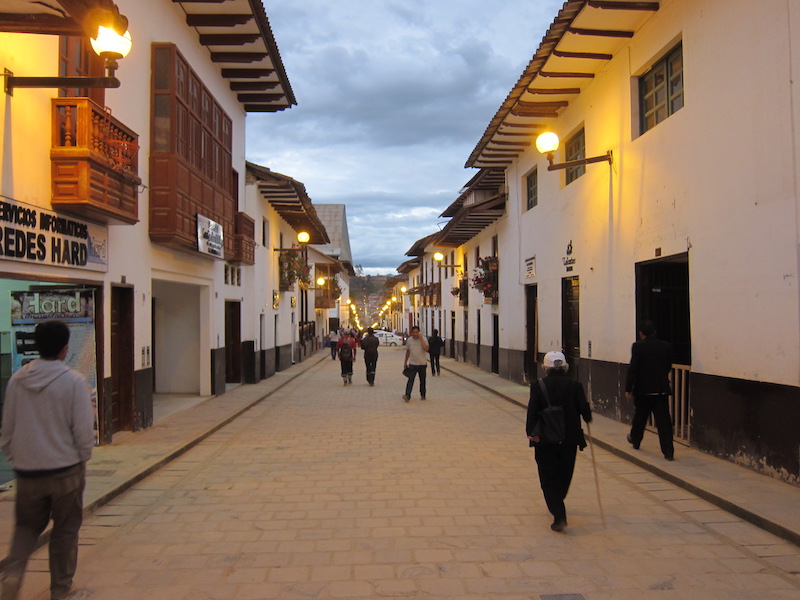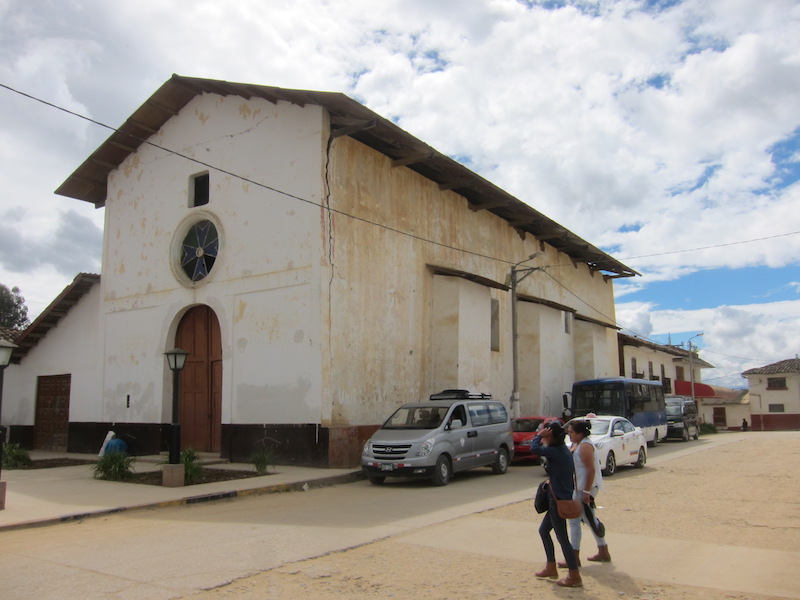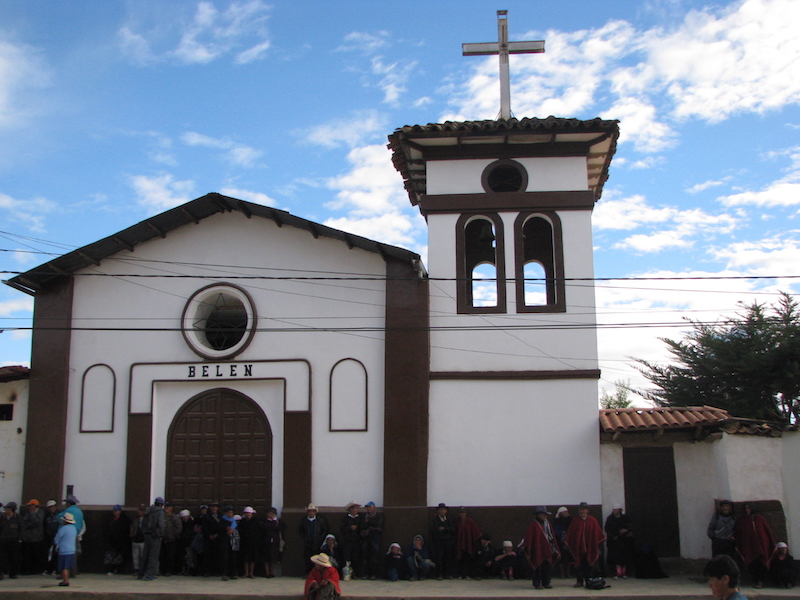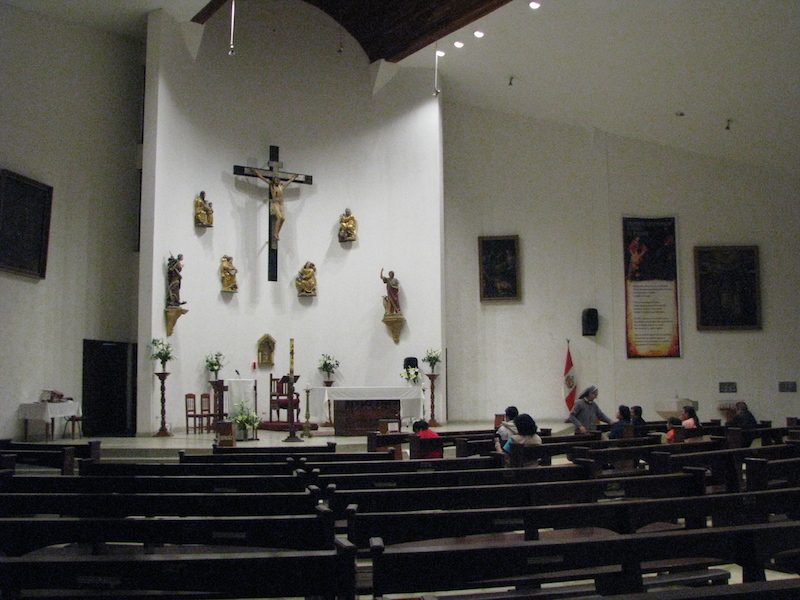A Guide To Chachapoyas
Chachapoyas is capital of the Department of Amazonas, located at an altitude of 2,483m (8,146ft) above sea level, with a population of around 50,000.
'Chacha', as it is called locally, is a quiet, pleasant town with an attractive historical centre, a number of interesting churches, and balconied 19th-century buildings.
Although founded in 1538, none of the early Colonial buildings remain. The Plaza de Armas is home to a small museum and is a great place to people-watch, as the locals enjoy an evening paseo (stroll) around the plaza near sunset, followed by a coffee.
A 10-minute walk from the square, along Calle Salamanca, takes you to Guayamil Viewpoint, with good views over the town.
The market is a block north of the plaza, and the streets nearby swarm with trucks and buses going to many of the nearby villages.
The main attraction of the city, however, is as a base to explore the spectacular natural, archaeological and cultural highlights in the surrounding area.
This once was the land of the pre-Inca Chachapoya, the 'cloud people', still shrouded in many mysteries, with hundreds of lost cities and cliff tombs with recently-discovered mummified warriors, in huge and largely uninhabited cloud forests and Andean highlands.
This is a real explorer's paradise, visited by few, and only beginning to offer up its secrets.
First of all, there is a must-see for anyone going to the North: Kuelap, a fortified city on top of a mountain, with walls up to 20 m (66 ft) high and some 420 circular buildings inside.
Kuelap is thought to have been an important Chachapoya ceremonial centre with some 3,000 inhabitants dedicated to rituals and solar observations which enabled them to establish an agricultural calendar.
You also should not miss another Chachapoya specialty: tombs for their mummified ancestors miraculously built on huge vertical cliffs.
Many hundreds of those funerary places have been discovered and are well worth a visit. But to access their remote locations usually entails a hike of some sort (although it is often possible to hire a horse to help you!)
The sarcophagi at Karajia, adorned with trophy heads, are a 45-minute walk from the village of Cruz Pata.
To visit the miniature houses of Revash necessitates following a path uphill for 1.5 km (1 mile).
It is a 5 km (3 mile) hike, ascending some 700 m (3,000 ft) to get to El Tigre Sarcophagi.
Pueblo de los Muertos (Village of the Dead) is found at the end of an 18 km (11 mile) trail, of which 2 km (1.2 miles) is covered on foot.
More strenuous still is the trek to Lake of the Condors, which takes a minimum of three days, with the assistance of horses, taking in fabulous cloud forest scenery and fascinating archaeology.
Chachapoya land is a genuine paradise for hikers and nature lovers. The trip to the 771m (2,531ft) high Gocta Waterfall, leading through lush forests full of birdlife, is the best day hike to be made here. Your ideal start is Gocta Andes Lodge, which also serves as a luxury base camp for many other explorations in this area.
There are multiple birding and hiking options from Leymebamba ... and you are unlikely to encounter other enthusiasts on any of the many day trips or multi-day treks you can make from here.
Spot the Marvellous Spatuletail, one of the world's most spectacular hummingbirds, and rare mountain toucans, quetzals and condors flying over cloud forests in the Atuen Valley.
Venture further and stumble on tracks left by Spectacled Bears or Pumas, as you explore some of the dozens of overgrown Chachapoya sites in the Leymebamba area, such as La Congona, Monte Viudo and La Joya, all with views of stunning mountain scenery; and the largest complex of Chachapoya funerary houses at La Petaca and Diablo Huasi.
But if you are not a hiker, then don't worry: the excellent Leymebamba Museum contains a unique collection of some 220 mummified Chachapoya and many exotic objects, found in tombs at the aforementioned Lake of the Condors, which help to reconstruct the intricate world of this lost civilisation ... without the need to break sweat!
A warm welcome is guaranteed in the many traditional villages in the area, where tourism is still a novelty. Here you can find beautiful, rural churches, such as the one in La Jalca, watch traditional weaving ... and, if you are lucky, take part in a colourful local fiesta, that usually lasts an entire week!
How to Visit Chachapoyas:
The Chachapoyas region is a focal point of the majority of PeruNorth overland itineraries:
We have a number of tours that include Kuelap & Gocta.
Our 7-day Hidden Chachapoyas itinerary does not visit Gocta Falls - although it can be added, on request - but includes the even higher Yumbilla Falls and many lesser-known archaeological sites.
Our group birding tours also include several nights here, enjoying the chance to spot a wide variety of species, including the Cock of the Rock and the aforementioned Marvellous Spatuletail Hummingbird:
What our clients say about Chachapoyas:
“The Chachapoyas region was our favorite cultural and natural destination in the itinerary.”
“We were able to enjoy Kuelap a lot, and on the way back we also went to Chachapoyas and enjoyed visiting a local small museum that’s located at the main plaza of the city.
The city itself is nice to see because the mayor has taken care that is kept traditional Spanish Colonial architecture and the streets are clean. ”
“The rest of the trip was really awesome, but as you can probably imagine, we both thought the Chachapoyas area was one of the highlights of the trip.
... We are already looking forward to when we can return and explore the area more!”




